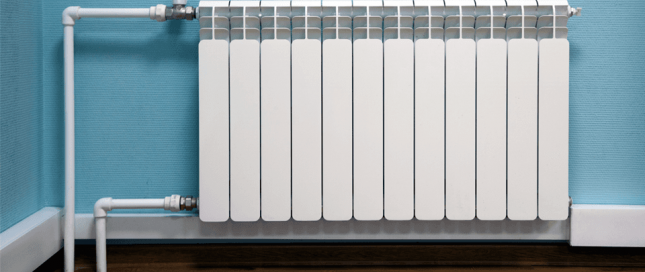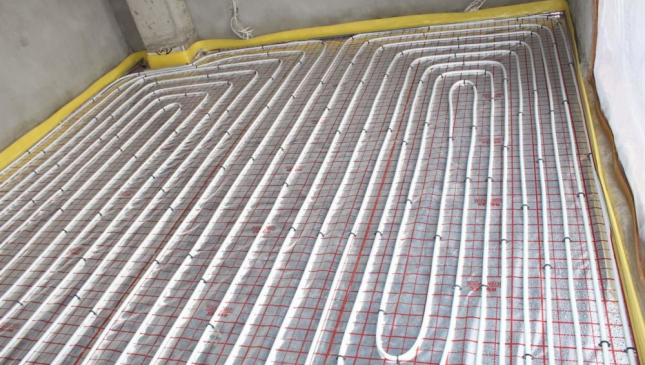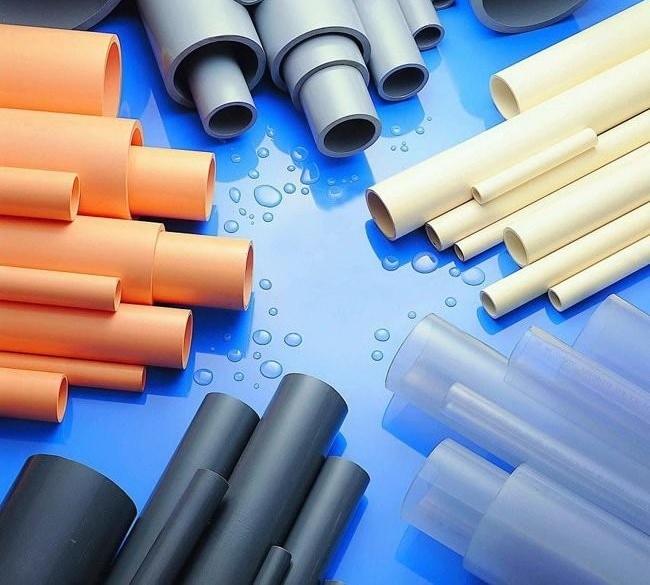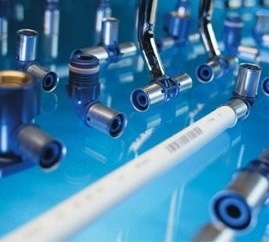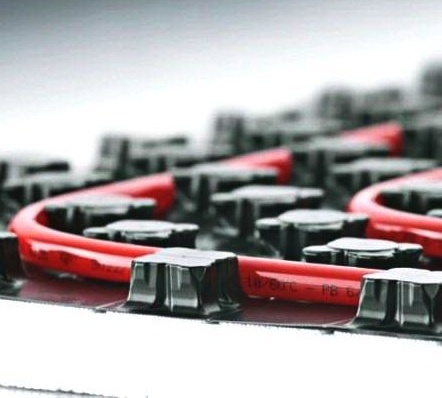Which pipes are better and cheaper: metal-plastic or polypropylene
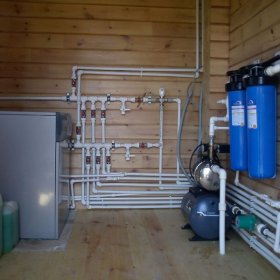
Pipes made of metal and polypropylene at first glance are similar: they do not rust and do not emit harmful substances. Therefore, the question often arises of how to choose the right material, which is better and cheaper, what to look for when buying pipes for plumbing or heating, and what is suitable for a warm floor system.
Pipe structure
The competition between polypropylene and metal-plastic pipes is based on the similarity of the material, many of their characteristics also coincide. They differ in structure and in operating conditions, as well as in the method of installation and service life.
From metal
Metal-plastic pipes (MP) have a three-layer structure:
- inside they are covered with very smooth cross-linked polyethylene;
- the outer layer is protective polyethylene;
- in the middle - an aluminum layer with a thickness of 0.2 to 1 mm, which reduces thermal expansion.
The diameter of the product ranges from 10 to 63 mm on the inside. They are perfectly bent (bend diameter 80-500 mm) have a greater weight than polypropylene (PP), can be sweat-covered. Cheap products from unknown manufacturers often exfoliate at the folds with a water hammer. The service life of metal-plastic in hot water conditions is 25 years, and for a cold branch - 50 years.
Made of polypropylene
Polypropylene products come in two types:
- single layer is a monolith;
- three-layer - a thin layer of perforated foil or fiberglass soldered between layers of polypropylene.
The size of the pipes for domestic use is 10–40 mm, but products up to 1600 mm are produced. The service life of PP for cold water supply is 100 years, and for hot and heating - 50 years. These pipes do not bend, are sold in the form of straight sections up to 3 m long and are not covered by condensate, but they have a greater coefficient of thermal expansion and elongation.

Polypropylene pipes do not bend, so for the arrangement of turns you need to use special connections
Which is better and cheaper
Based on many years of experience and comparison of metal-plastic and polypropylene products during operation, plumbing specialists have come up with a number of recommendations for successful installation and perfect communications. Most owners when choosing look at the price of pipes and accessories and installation costs. The total cost of polypropylene is two to three times less than that of high-quality metal-plastic, but MP is easier to bend, cut and stack, it requires fewer joints.
For water supply
Here you can use both options. With the high-quality installation of polypropylene products during their heating, a monolithic inextricable connection without leakage is formed. The working pressure and temperature range of the PP is less, but there is no evaporation.Therefore, it is effective to use these pipes for cold and hot water supply, when there is no risk of getting superheated boiling water or water hammer.
Resistance to chlorine and inertness to chemicals allows the use of polypropylene for drinking water. PP pipes are absolutely safe for the health of residents and do not change the taste and quality of drinking water, while the price of the material is much lower.
For heating
With district heating, temperature fluctuations and pressure drops are possible. In such conditions, the use of polypropylene (especially inside walls) is risky: with a sharp fluctuation, it can leak at the joints. The best and most reliable option would be plastic pipes with press joints that can be hidden in the floor or wall. This option is also suitable for two-story houses and cottages.
The higher the temperature and pressure, the shorter the service life of polypropylene pipes.
If financial opportunities do not allow, then in a small private house you can save by installing polypropylene and high-quality connecting joints. It is in places of poorly executed connections that problems will arise over time. It is undesirable to hide PP in the wall: the temperature elongation of unreinforced polypropylene can reach 100 mm per 10 m, the pipe is deformed inside a narrow recess, and joints can be depressurized.
For underfloor heating
Here, metalplastic remains the undisputed leader due to the significant heat transfer, the smaller thickness of the pipe. The flexibility and the large length of the bay allow you to lay out a complex heating circuit without connections, which means without the risk of leaks. Calcium is not deposited on the inside, MP calmly withstands pressure surges and system overheating. The low coefficient of thermal expansion does not create a load on the concrete screed. At high initial costs, metal-plastic is reliable and will last at least 30–40 years.
Both polypropylene and metal-plastic pipes have excellent technical qualities that are suitable for solving various operational problems, in each case the optimal choice is possible.



